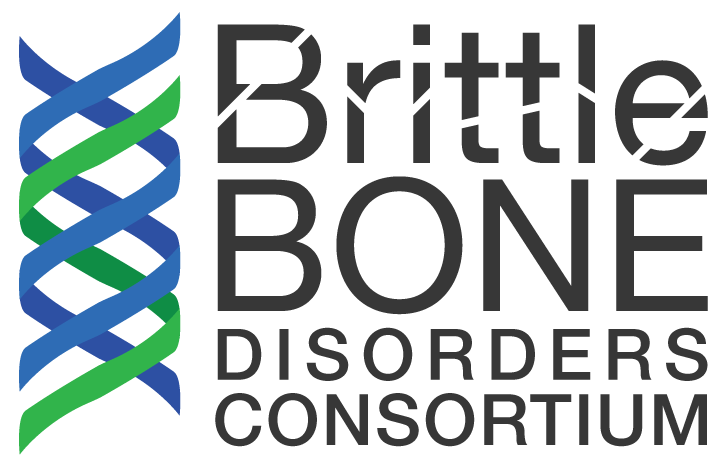Research Studies
How do I learn more about current open studies?
Below you will find a list of current studies. Clicking on the link will take you to the study summary, which will provide you with all the important details for each study.
How do I participate in a study?
Each study summary provides a list of hospitals or clinics where the study is being run. Using the contact information provided, you may contact any of these facilities in order to request participation in a study.
Showing All Ongoing BBDC Studies
Recruiting
7701: Longitudinal Study of Osteogenesis Imperfecta
The purpose of this natural history study is to perform a long-term follow-up of a large group of people with osteogenesis imperfecta (OI). OI is a rare disorder that causes bones to break easily. People with OI may have broken bones with little or no trauma, curvature of the spine, dentinogenesis imperfecta (DI), and, in adult years, hearing loss. It is seen in both genders and all races. OI can range from very severe to very mild. This study will observe the progression of the disease from participants of all ages, races, and genders. We will see how often people with type I OI have vertebral compression fractures of the spine. We will follow people with all forms of OI to see how often they develop scoliosis (curvature of the spine) and how it affects lung function, ability to walk and quality of life. We will look at dental health in people with OI and how that impacts a person’s quality of life. The genetic cause of the brittle bone disease will be compared with things like severity, various features and response to treatments. The overall goal is to improve the health and quality of life of people with OI.
7707: Use of clear aligners for the treatment of dental malocclusion in individuals with Osteogenesis Imperfecta
The purpose of this study is to determine if it is safe to use clear aligners in correcting the misalignment of teeth in people with Osteogenesis imperfecta (OI). OI can affect the shape of the face, mouth and overall quality of life. Misalignment of teeth may interfere with oral hygiene, gum health, jaw function, opening of the jaw, chewing, breathing, and speech. There is very little information on the appropriate treatment for teeth misalignment in OI. Clear aligners are transparent plastic trays that are designed to fit over the teeth. With each new tray, teeth are moved a little at a time until they reach the desired position.
7708: Cardiopulmonary Outcomes in Osteogenesis Imperfecta
To quantify the factors that contribute to restrictive physiology (cardiopulmonary insufficiency) in the OI population
7709: Psychosocial Considerations in Adults with Brittle Bone Disease
The overall purpose of this study is to understand the mental health concerns, psychosocial functioning, and priority treatment needs of
individuals with OI.
7710: Pregnancy in Osteogenesis Imperfecta - Part 2: Complications in pregnancy and postpartum
To classify and describe rates of cesarean section, hemorrhage(bleeding), and fracture in
women with Osteogenesis Imperfecta (OI) in pregnancy.
Closed to Recruiting
7704: Dental Malocclusion and Craniofacial Development in OI
Quantitatively describe dental malocclusion and craniofacial abnormalities in individuals with moderate to severe osteogenesis imperfecta (OI)
7706: Multicenter study to evaluate safety of fresolimumab treatment in adults with moderate-to-severe Osteogenesis Imperfecta
The purpose of this study is to determine if fresolimumab is safe as a treatment for Osteogenesis Imperfecta (OI). OI is a rare disorder that causes bones to break easily. Studies have shown that TGF-β is a protein important in bone formation and that increased TGF-β activity leads to lower bone mass, strength and increased fractures. Fresolimumab is an antibody that can silence TGF-β. In studies with mice with OI, it has been shown that silencing TGF-β can lead to higher bone mass, quality and strength. In this study, we will evaluate the safety of of fresolimumab in two stages. In stage 1, we will evaluate the effect of two doses of fresolimumab on bone turnover and determine the dose that shows the greatest increase in bone density as compared to no treatment. This dose will be used for the repeat dose study where we will evaluate the effectiveness of multiple doses in increasing bone density, quality and strength.

